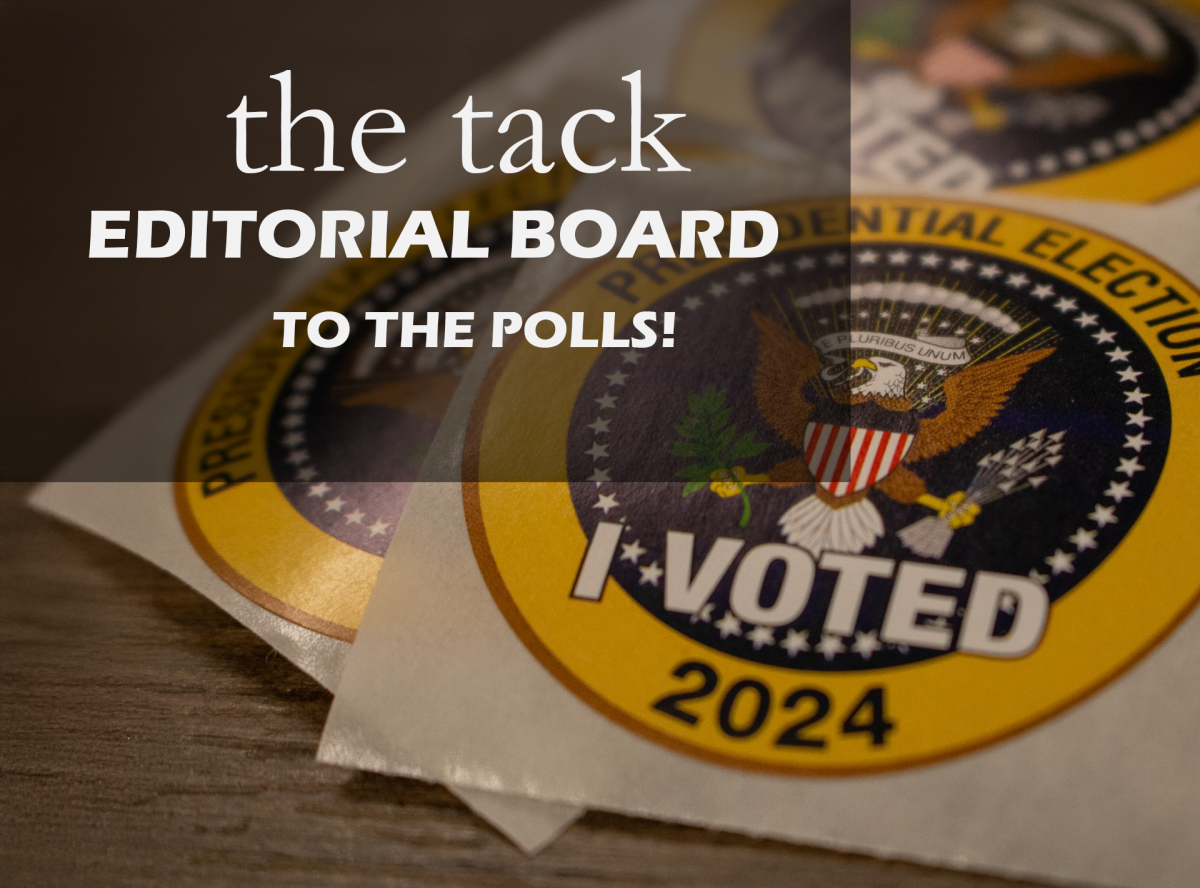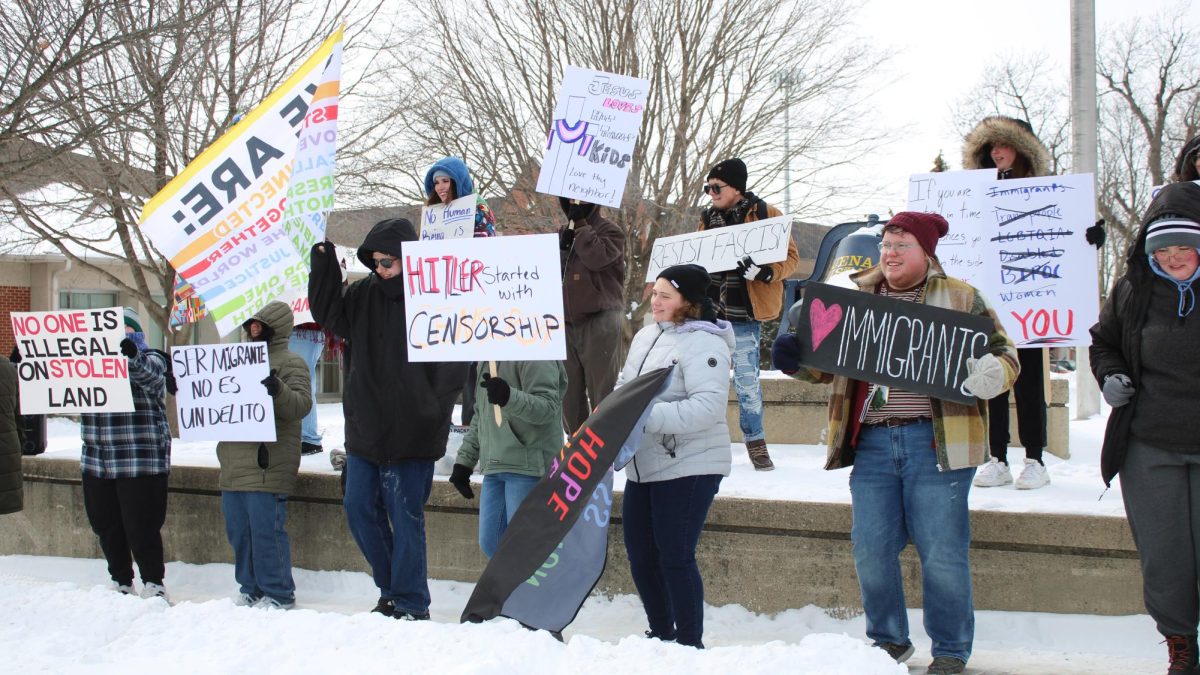Election season. Campaigns, primaries, caucuses, rallies, conferences, debates, and then, finally, the big one: Election Day. Whether that’s the day your mail-in ballot is postmarked, the day you go in for early voting, or November 5th at your local polling places, Election Day is the culmination of what seems like a year of scrutiny. But we’re getting ahead of ourselves- most of us have not yet cast our ballots. Some might even be on the fence about voting at all. So, we have a humble request: consider voting your responsibility, and take it dead seriously.
According to Pew Research, voters 18-29 made up 11% of voters in 2018 and 10% of voters in 2022. This same age range makes up approximately 20% of the population eligible to vote. Our votes determine who represents us in the government, from local levels all the way to federal government. While those representatives might not match the demographics of their constituents, they serve causes of those who elect them. If less young voters put people in power they believe in, less issues will be brought up that they care about. As CBU professor of political science Chris McHorney put it, “Congress is more likely to fund Social Security than higher education because Baby Boomers are more likely to vote than Generation Zers.”
The young vote matters. Gen Z makes up a population of eligible voters who represent the future of the country, and a group that is exposed every day to information and stories via social media. The Brookings Institute ran a series of articles about what makes the Gen Z vote different from other voters, and a large aspect had to do with where we get our information. In the face of biased and polarized news reporting, many younger people turn to social media, where they can get information from people who share their values and concerns. However, this can limit the perspectives people are exposed to, reading through only the opinions of like-minded individuals.
Voting for who represents us also means voting for who will govern our friends, family, and community members as well. One of the responsibilities of voting is to be well-informed, understanding the effect of every measure on the ballot, and the values that will be upheld by every candidate. We owe this to our community and expect that those around us will do the same.
To reach this level of informed voting, our generation might need to stray outside of our comfort zone of social media news. While it can provide some information that larger news groups might not cover, it can also perpetuate the ignorance we’re trying to escape. Our small trip away from social media research won’t take much time. In 10-15 minutes, you can familiarize yourself with the candidates and measures on your ballot using a variety of sources.
Vote.org provides a sample ballot so that you know exactly what will be on the ballot you fill out. Sites like Vote411, Ballotpedia, and Ballotready all offer explanations of measures on the ballot and candidate positions and bios. VoteSmart allows you to search for candidates and find their bios, positions, past actions (if they’ve held office before), ratings, speeches, and funding. You can also browse politicians’ personal websites, news from trusted sources, and you can even return to social media to see what people who share your concerns might say. However, remember to stay critical and wary- truth is a hot commodity to come by, and it’s your responsibility to pursue it.









